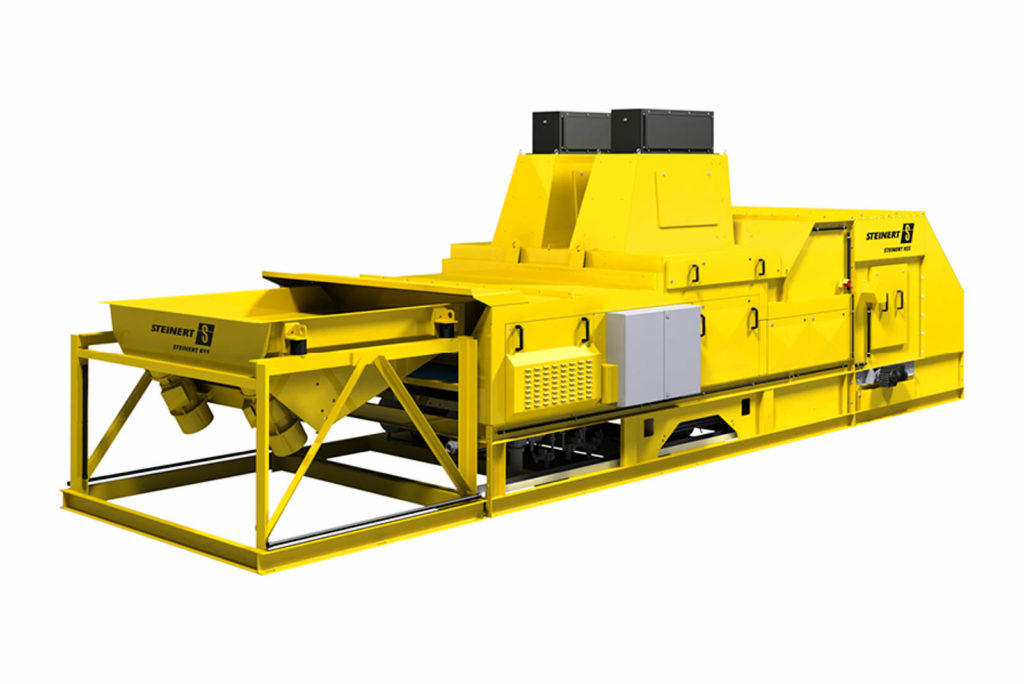The results of the definitive feasibility study on Kasbah Resources’ majority owned Achmmach tin project in Morocco have proven favourable enough for management to push forward into development, and it looks like being another operation to benefit from ore sorting technology.
The DFS on Achmmach envisaged a 750,000 tonne per year underground operation with an average head grade of 0.82% Sn, costing some $96.4 million to build.
With output of 4,500 t/y of tin concentrate (60% Sn) at an all-in sustaining cost of $11,435 per tonne of tin, the project is expected to provide a post-tax (8% discount) net present value of $98.1 million.
Based on the DFS outcomes, Kasbah and its joint venture partners – Toyota Tsusho and Nittetsu Mining – have decided to move into the funding stage, securing offtakers for the tin product, identifying a suitable EPC engineering contractor and a capable underground mining contractor with the aim of commencing construction in 2019 and production in 2020.
Kasbah plans to employ ore sorting technology at Achmmach, working in tandem with the two-stage crushing process.
The plan has the ore sorter reject rate kept nominally to 40% of new feed, which will mean the positively sorted ore from the sorter, termed the “accepts”, will report to the downstream processing circuits.
The company has carried out two phases of ore sorting testwork on the project, with the second phase involving sorting two tonnes of representative ore through a full size Steinert KSS multi-sensor ore sorting machine (photo above) in Perth, Western Australia.
The HPGR is then fed with a combination of the ore sorter accepts, the underflow from a fine screen prior to the ore sorter (<8 mm), and a 15% recycle of ball mill scats. The HPGR product is nominally 6 mm P80 at the higher pressure settings.
Earlier this month, the operator of the Renison tin mine in Australia, Metals X, commissioned a TOMRA X-ray Transmission ore sorter at its operation, saying the technology could increase annual tin production by 15-20%.











